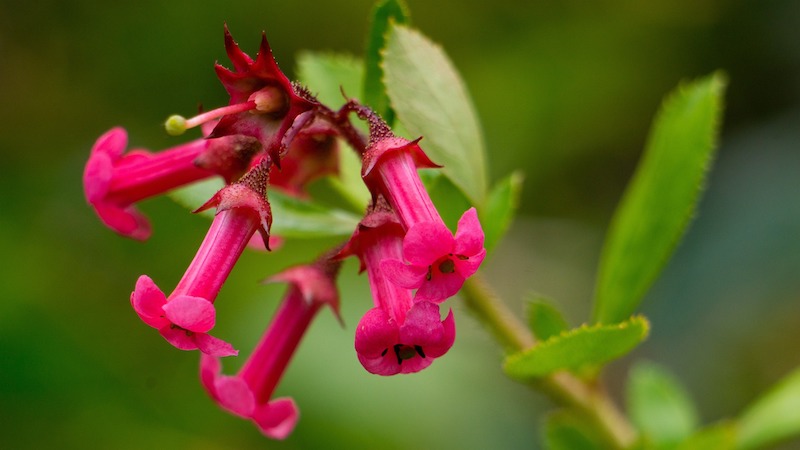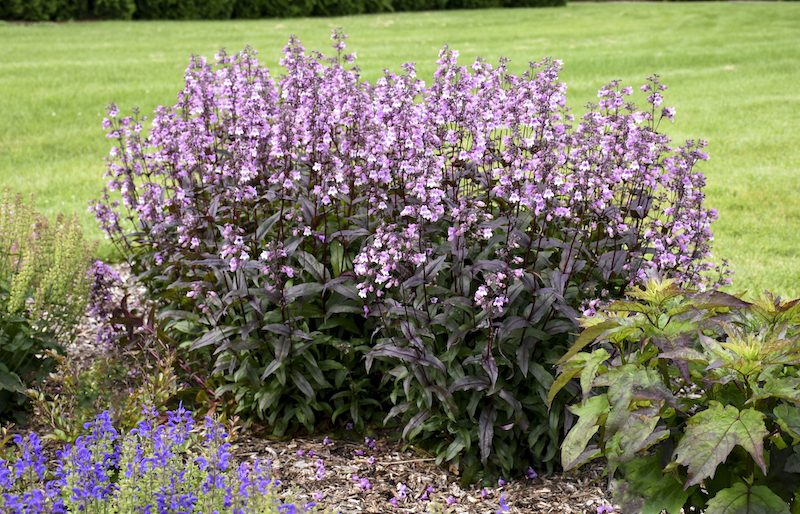Beardtongue (Penstemon) is an ornamental perennial with showy bell-shaped flowers. Pink, red, blue or violet blooms appear in the late spring and early summer. With proper care, these native plants are able to continue flowering well into the fall. Heat is required for buds to open; cold weather among other factors may contribute to the lack of blooms on your Beardtongue. Flowers can fade quickly, but pruning is a great way to keep your Beardtongue looking its best.

Common Reasons Why Beardtongue Isn’t Blooming
Beardtongue prefers to be warm throughout its bloom season, typically May through July. Not being warm enough can cause a lack of buds, so make sure your plant is getting full to part sunlight. Mulching these plants is a great way to keep the root ball warm. Proper sunlight for these plants will also help the flower spikes to stand tall and upright.
Another factor that may contribute to your Beardtongue plant’s lack of blooms is too much fertilizer. Too much of your typical plant fertilizer will inhibit the formation of buds and may shorten the lifespan of the plant overall. Ideally, you should apply a thin layer of well-decomposed organic compost to the soil once, prior to mulching each fall.
To get your Beardtongue plants flowering, you should allot them plenty of space and avoid overcrowding. These plants each require 1-3 feet of space surrounding them in order to grow big enough to flower.

Pruning Beardtongue To Help It Bloom
Pruning and deadheading encourage the growth of new flower stalks and blooms. Remove the faded flower stems. You’ll want to do this after the flowers fall off so the plant can seed and complete its life cycle. Trim old flower stalks down to where you see healthy green growth. Prune away the faded flowers as needed throughout the summer. Use clean, sharp pruning shears and cut the tip of the flowering stem just above a healthy pair of leaves. Continual upkeep with trimming and pruning will encourage your Beardtongue to push out new flowers.
Fertilizing Beardtongue To Help It Bloom
The best way to fertilize Beardtongue is by doing so once annually with a layer of organic compost. Too much nitrogen, which is found in typical plant fertilizer, will encourage foliage growth at the expense of flowering. Work the compost into the surrounding soil before you mulch for the winter.
Get Beardtongue To Produce More Blooms
Remember that bright sun, warmth, and space are all required for buds to appear and open. Young plants will bloom less than older, more established, large plants. To get more blooms to appear, remember to deadhead spent blooms regularly throughout the growing season. Prune down to new growth, at the node where two leaves meet.
Why Beardtongue Isn’t Blooming
- Lack of warmth
- Lack of sunlight
- Too much fertilizer
- Not enough space
- Young plant
 |
Author Chris Link - Published 3-24-2023 |
